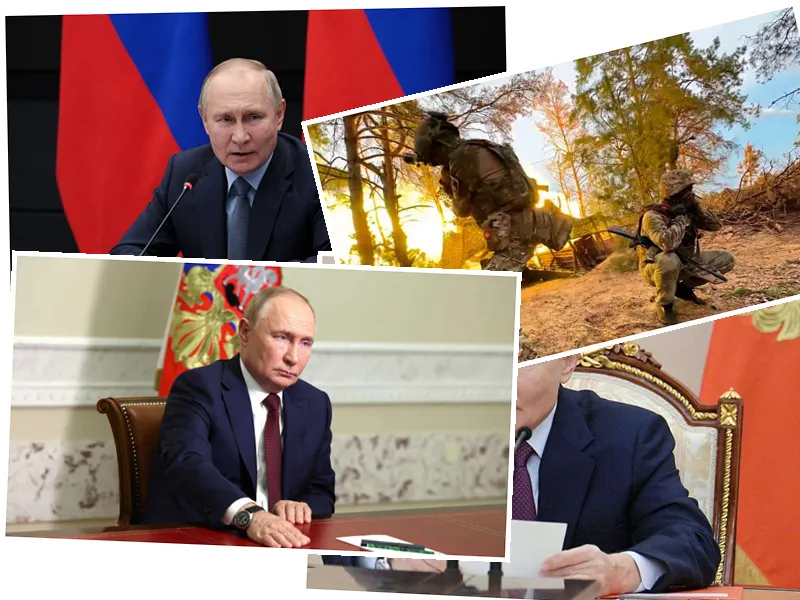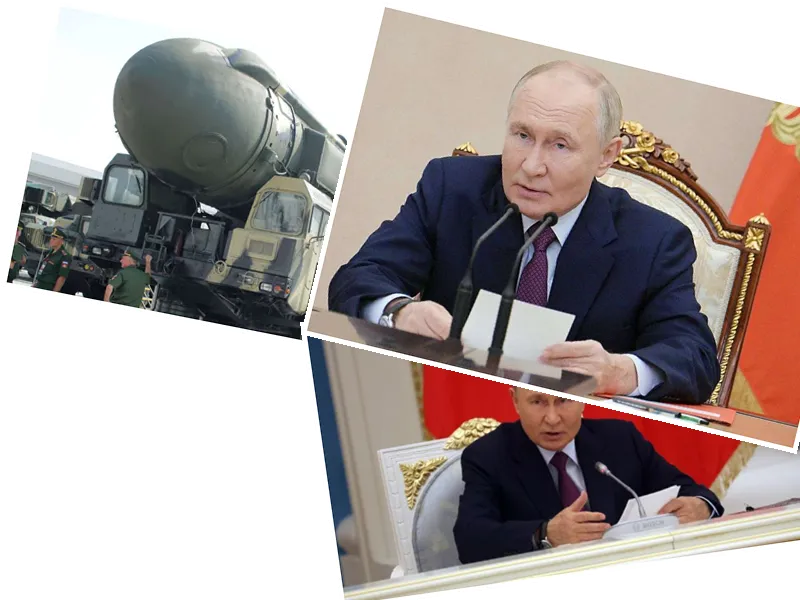Ukraine Gains Green Light to Use Western Weapons in Defense Against Russia
In a significant policy shift, Ukraine has received the green light from Western allies, notably Germany and the USA, to use Western-supplied weapons for defensive operations against Russian targets. This change comes as a response to the intensified Russian offensive in the Kharkiv region, where attacks are launched from the nearby Russian border.
The impact of this newfound support is already being felt on the front line. Ukrainian forces have initiated counterattacks in northeastern territories, specifically targeting areas around Kharkiv. Reports suggest that Ukrainian troops now control 70% of the strategically important city of Wolchansk, which is located approximately 70 kilometers northeast of Kharkiv. Despite tough resistance from Russian forces, Ukrainian defense units continue to hold their ground, aiming to prevent Russian troops from advancing across the Volchya River.
The Ukrainian military's offensive in Wolchansk has led to significant destruction, particularly in the northern parts of the city. Analysis from Deep State and other sources report that 50 to 80 percent of the city's buildings have been rendered uninhabitable due to sustained artillery fire. However, the southern sections of the city, although still standing, remain under constant threat from ongoing combat.
Western military experts, such as those from the Institute for the Study of War (ISW), have emphasized the critical importance of Western air defense systems and weapon provisions for Ukraine. These measures are essential to counter Russian missile and bomb attacks effectively. Videos and drone footage circulating online reveal extensive damage to Wolchansk, underscoring the severity of this new phase of fighting.
A recent notable incident illustrating the new capabilities of the Ukrainian military involved a Himars strike that successfully targeted a Russian S-300 or S-400 anti-aircraft system in the Belgorod region. The strike, confirmed by various Ukrainian and Russian sources, resulted in the destruction of several pieces of military equipment, one fatality, and multiple injuries. Further attacks have targeted the Russian industrial park in Shebekino, close to Belgorod.
While these developments mark a significant step for Ukraine, there remain restrictions on the range and extent of Western weapon use. Ukrainian officials are actively engaging with allies to seek more comprehensive support, with President Volodymyr Zelensky emphasizing the need to target Russian air bases to mitigate daily shelling on Kharkiv effectively.
- Further adding to the complexity on the ground in Wolchansk, the Ukrainian military faces continuous small-scale incursions by Russian forces. According to Lieutenant Colonel Nazar Voloshyn, operational challenges persist as defense units strive to maintain control and prevent the establishment of Russian footholds in the region. Temporary victories are met with relentless counter-efforts by Russian troops.
- On a broader scale, the relaxation of Western restrictions on the use of advanced weapon systems signals a pivotal shift in the dynamics of the war. However, specific limitations still apply, such as the prohibition on the use of long-range Atacms missiles. Ukraine's efforts are currently focused on regions like Belgorod, avoiding deeper penetrations into Russian territory for the time being.
- Ukrainian Foreign Minister Dmytro Kouleba has publicly acknowledged these constraints, highlighting ongoing diplomatic efforts aimed at broadening the scope of allowed military operations. The flexibility of these operations remains a subject of negotiation, as Ukraine endeavors to expand its strategic options to ensure more effective defense measures.






